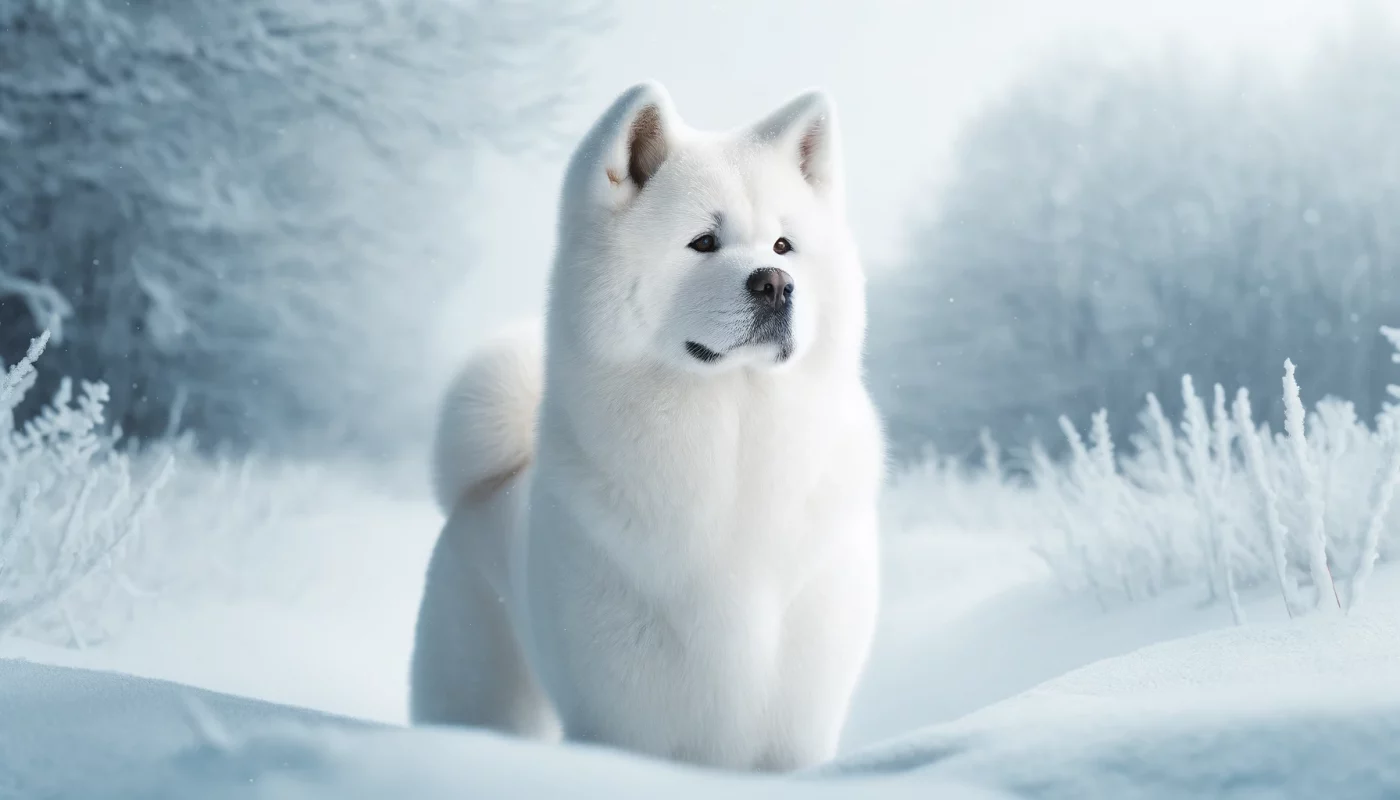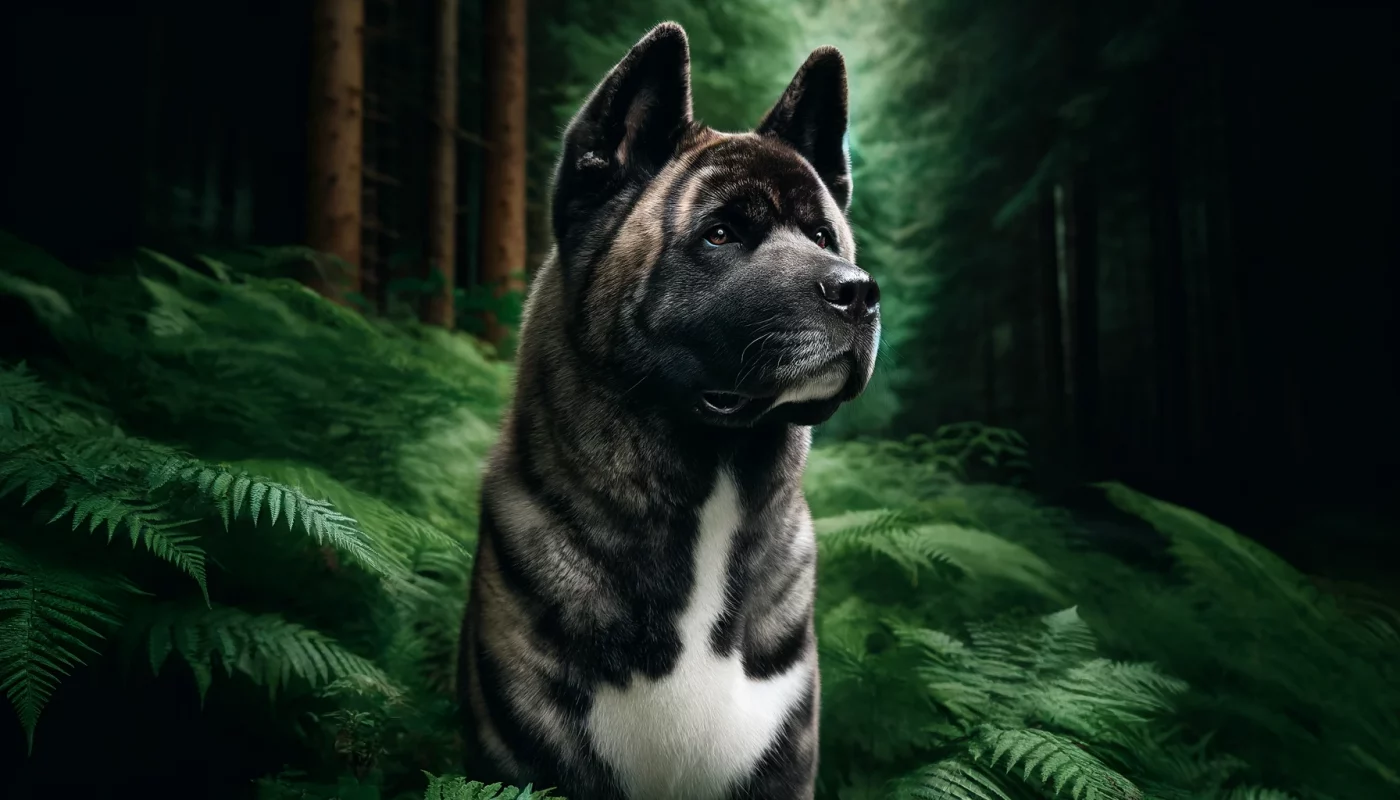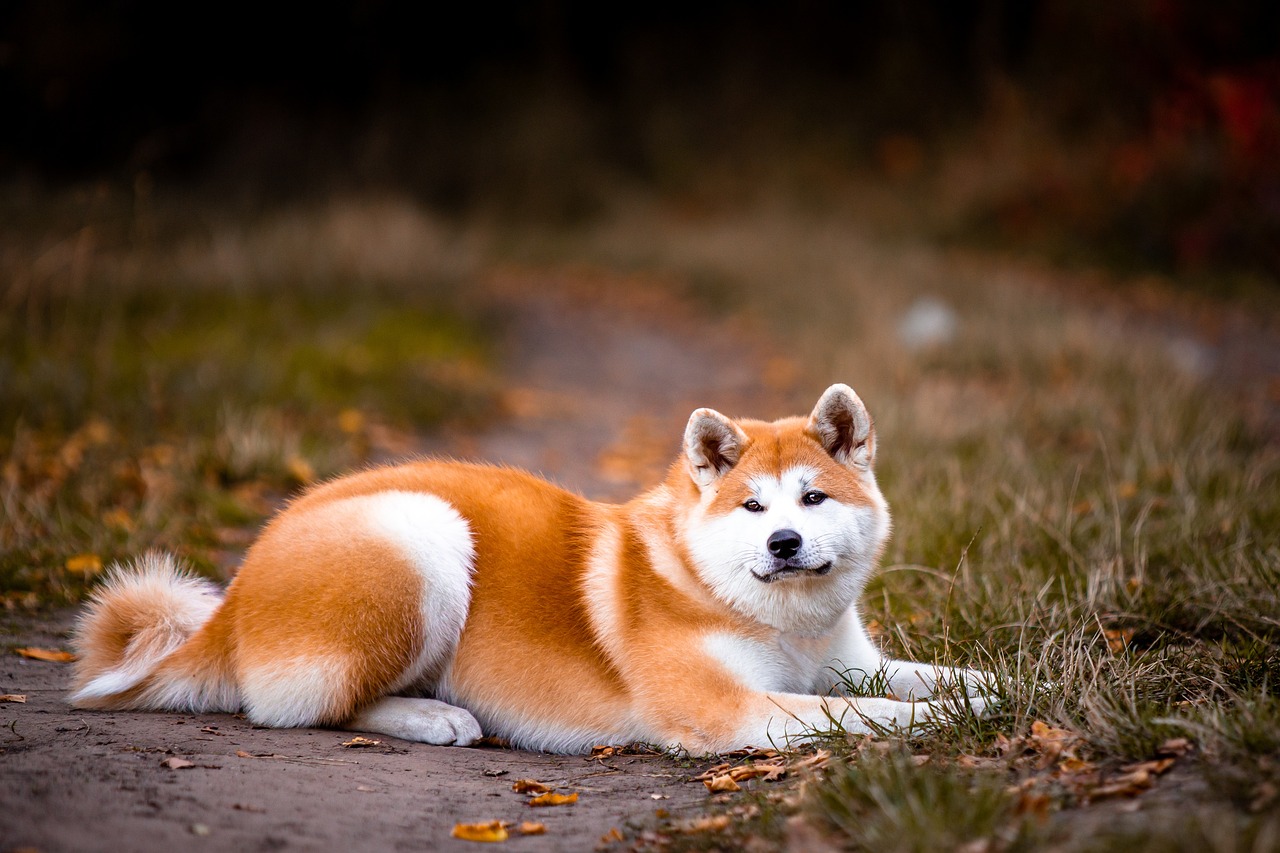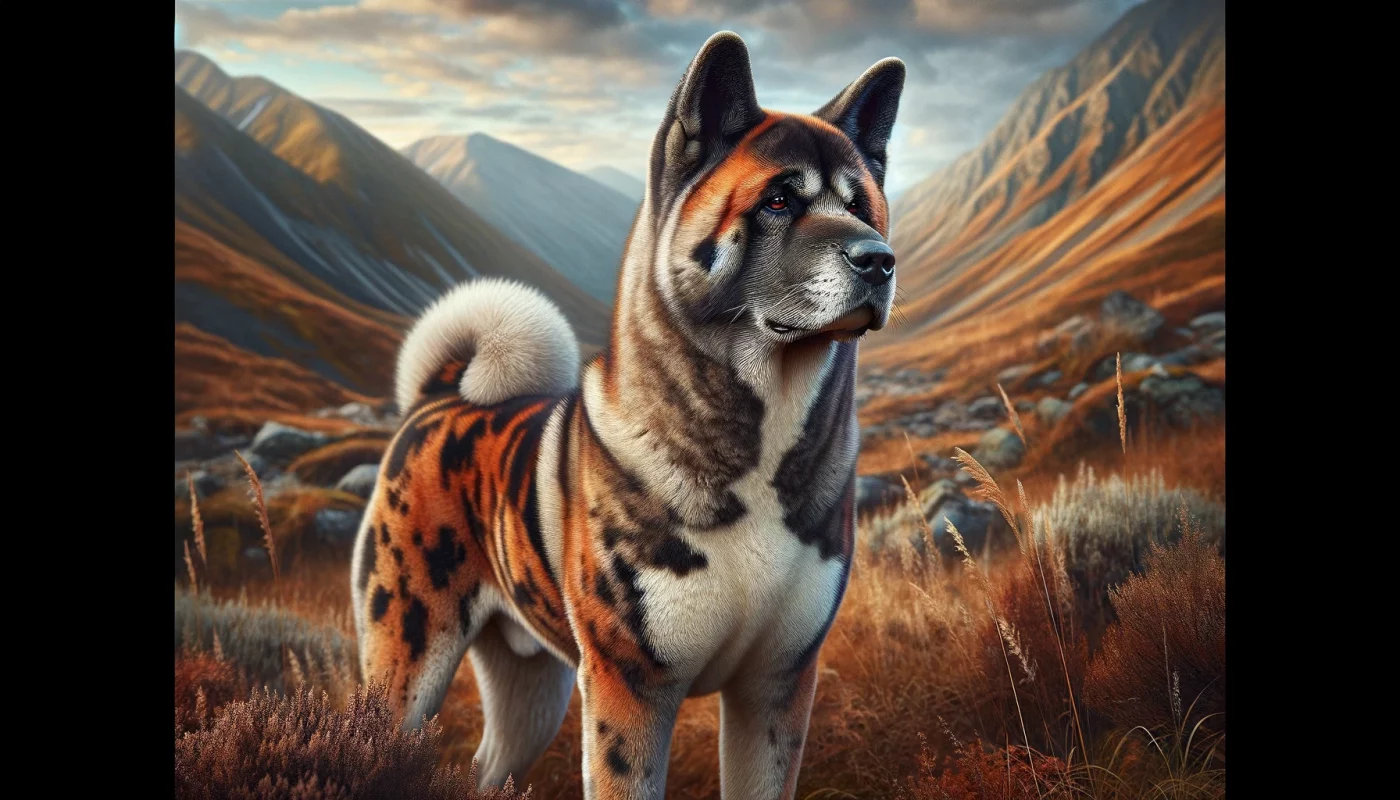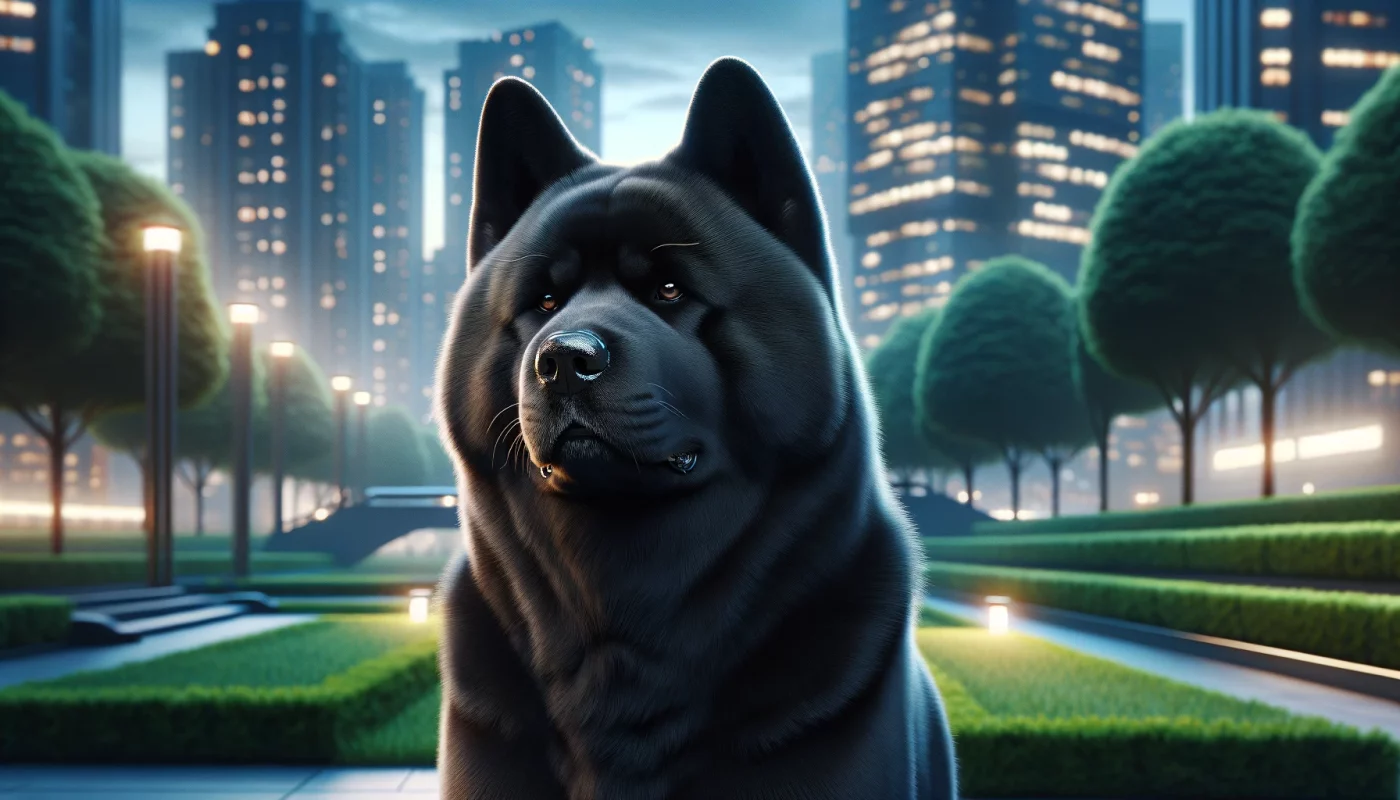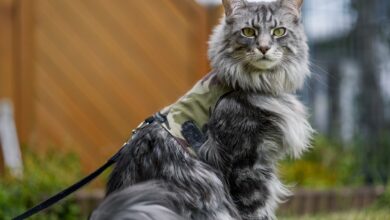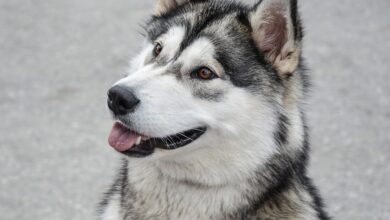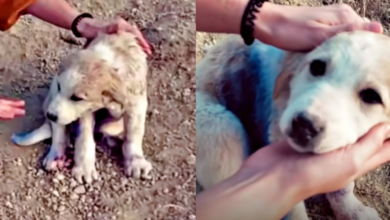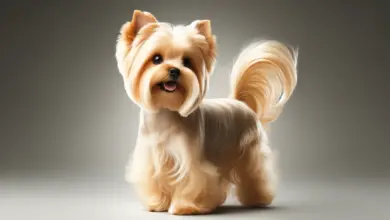7 stunning variations with images
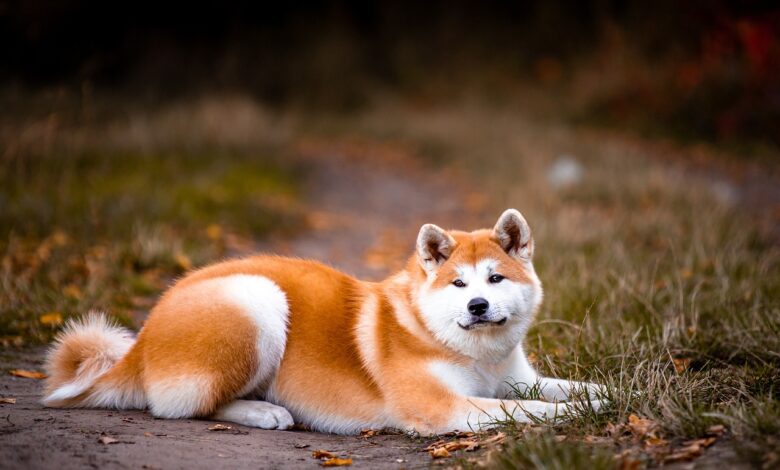
1. What is the most common Akita coat color?
The most common Akita coat colors are red, brindle, and white. The red Akita has a dark red-yellow coat, often with white markings on the face, feet and belly. Brindle Akitas have prominent stripes on their base coat that can range from light to dark. White Akita are completely white in color and are prized for their pure and elegant appearance. These colors are all recognized in the breed standard and are admired for their beauty and the way they express the noble characteristics of the breed.
2. Are there any Akita colors that are particularly rare?
Yes, certain Akita colors such as black, sesame, and silver are considered rare. Black Akita are uncommon and have solid black fur, sometimes with very little white markings. Sesame Akitas, characterized by red fur with black tips, have unique and delicate patterns that are not commonly seen. Silver Akitas have light gray fur that gives them a striking appearance. These rare colors may be harder to find because they occur less frequently in the gene pool.
3. Can Akitas come in multiple colors?
Akitas can actually come in many colors, with the Pinto model being the most notable. Pinto Akitas have large colored patches on more than 1/3 of their body, on a white background. Patches can be any of the standard Akita colors, such as red, black, or brindle. This striking appearance is accepted in the American Akita breed standard but is less common in the Japanese Akita, where plain colors are more traditional.
4. What is Akita sesame?
The Sesame Akita has a red base coat with black tips, giving the coat a peppery color. For a coat to be considered sesame, it must not be predominantly black; instead, it should show a clear balance between red and black throughout. This coat type is one of the more complex and rare Akita colors, prized for its unique appearance. Sesame Akitas are often sought after by enthusiasts and breeders because of their distinct and attractive designs.
5. How does the Urajiro pattern affect the color of the Akita?
Urajiro refers to the white markings commonly seen in Akitas, especially on the sides of the muzzle, cheeks, under the jaw, neck, chest, body, tail, and on the inside of the legs. This pattern is important for identifying the breed’s many colors and contributes to the Akita’s aesthetic appeal by providing striking contrast, especially in colored coats such as red or brindle. Urajiro itself is not considered a color but an essential mark that enhances the Akita’s overall character and beauty.
6. Do Akita’s colors change as they grow older?
Yes, Akita’s color can change as they mature. Puppies born with a seemingly solid black coat may develop brindle or an even lighter color as their adult coat appears. Sesame puppies may also have a more pronounced black coat as they get older. It is not uncommon for color depth and pattern to develop until the dog is fully grown, which can take up to two years.
7. Are certain Akita colors associated with specific health problems?
There is no scientific evidence linking specific Akita colors to health problems. However, breeding methods that focus too much on color can lead to a narrower gene pool, which can increase the likelihood of genetic disorders. Responsible breeders prioritize health over color, ensuring that although Akitas may be bred to specific colors, it does not affect the overall health and genetic diversity of the animals. they.
8. Which Akita colors are recognized by kennel clubs?
Kennel clubs generally recognize red, brindle and white as the standard colors of the Akita. In the United States, the American Kennel Club (AKC) also recognizes black, sesame, and pinto color patterns. It is important to check specific breed standards as they can vary between different kennel clubs, especially between those that distinguish between American Akita and Japanese Akita, as Japanese Akitas The version has stricter color guidelines.
9. Can Akita coat color predict a dog’s temperament?
Coat color in Akitas does not predict temperament. Akita are known for their loyalty, protective nature, and strong personality traits that suit all colors. Temperament is influenced more by genetics, education and training than coat color. Prospective owners should focus on the dog’s proper socialization, training, and health rather than coat color.
10. How can I ensure that my Akita dog’s coat color will remain the same into adulthood?
While there is no guarantee that an Akita puppy’s coat color will stay the same as he matures, understanding genetics and observing the color of his parents can give good indications. Discussing with breeders the color changes they observe in puppies as they grow can also provide insight. Regular brushing and proper nutrition will help maintain the quality and shine of the coat, although it may not affect color changes caused by aging or sun exposure.
